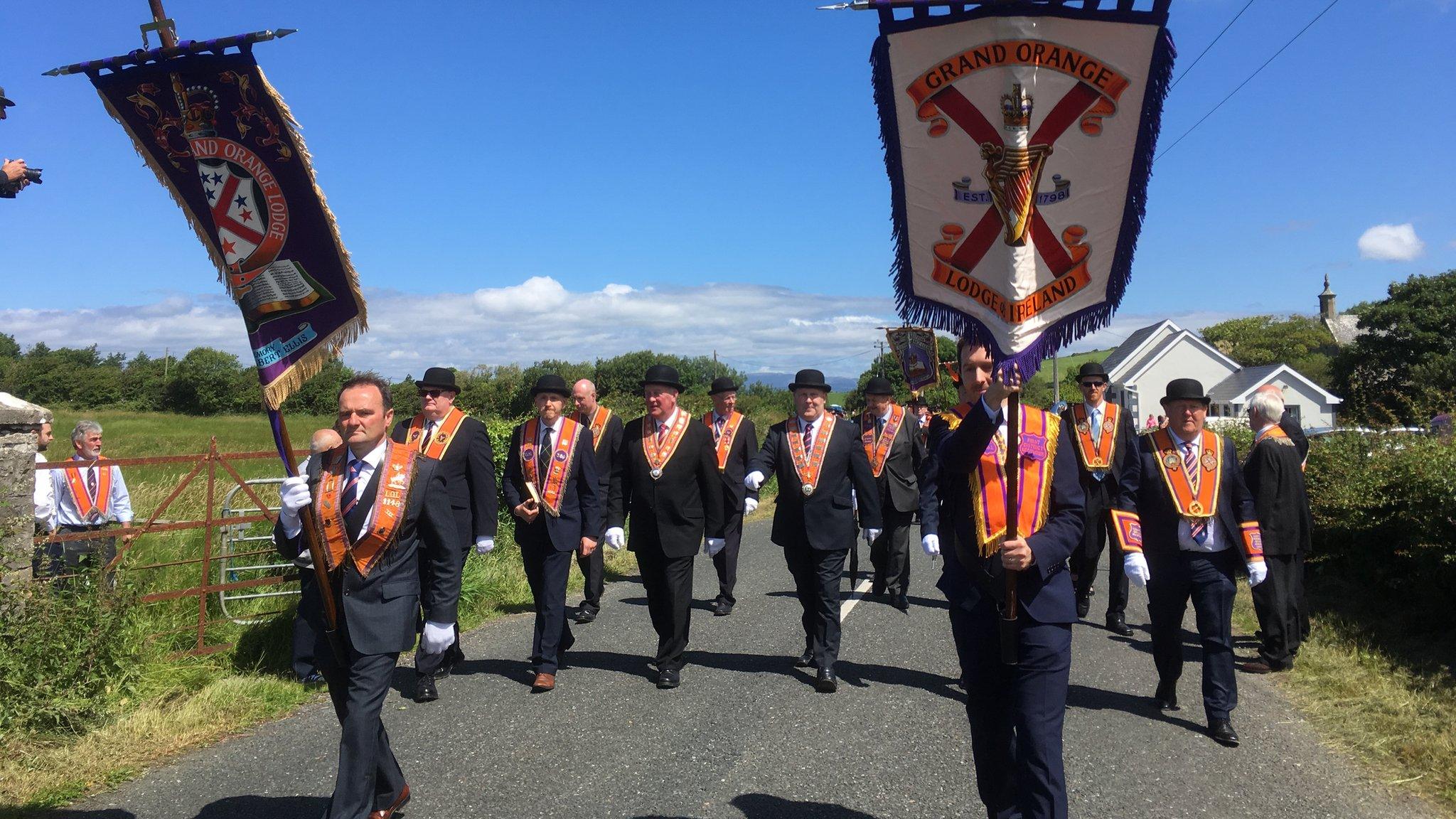Twelfth of July parades take place in Northern Ireland
- Published
Hundreds of bands joined thousands of Orangemen on marches in cities, towns and villages
Orange Order Twelfth of July parades have taken place at 17 locations across Northern Ireland.
Tens of thousands of people attended the events, which mark the anniversary of the Battle of the Boyne.
Former Ireland rugby captain Brian O'Driscoll was filming a documentary at a parade in Loughgall
William III - the Dutch-born Protestant better known as William of Orange or King Billy - defeated the Catholic King James II in County Meath in July 1690.
Former Ireland rugby captain Brian O'Driscoll was among those who watched the Orangemen marching on Thursday.
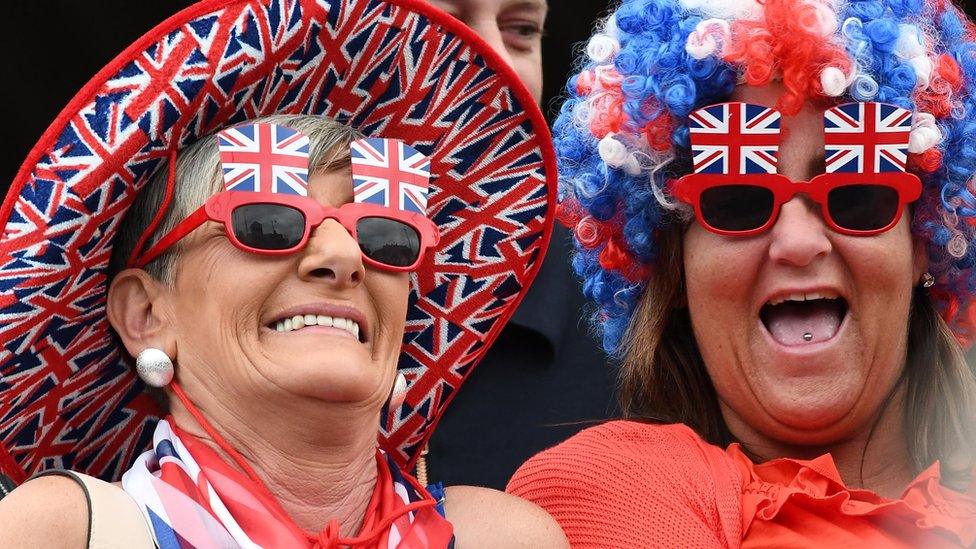
Many spectators dressed up in Union flag colours to mark the Twelfth day

Trade was brisk at the ice cream van on a warm day for the parade in Ballymena in County Antrim
Edward Stevenson, the grand master of the Grand Orange Lodge of Ireland, said the parades showcased "culture and heritage".
"There are very few events on these islands that can bring such vast numbers of people on to the streets, either by taking part or simply to watch the music and pageantry," he told BBC News NI.

Orangemen in Belfast wore their traditional bowler hats and stopped at the city's Cenotaph
The Orange Order was formed near Loughgall in County Armagh in 1795, when its founding members pledged their loyalty to the royal family and swore to defend the Protestant faith.
Every year on 12 July, marching bands from Orange lodges all over Northern Ireland parade through villages, towns and cities before listening to speeches and prayers by senior Orangemen.

Flutes were played, drums were beaten and cymbals were crashed by band musicians
Loughgall hosted one of the parades on Thursday and rugby legend Mr O'Driscoll tweeted to say he was at the procession to film a documentary on how his sport unifies Ireland.
The Republic of Ireland's tourism minister said the welcome he received at the Twelfth parade in Belfast was "a measure of how far we've come".

Flagbearers led their bands on the 17 Orange Order marches across Northern Ireland
Brendan Griffin became the first Irish government minister to attend the main Belfast parade.
The Orange Order presented him with a tie as he watched the parade on the Dublin Road in the centre of the city, a move that he said would once have been "unthinkable".
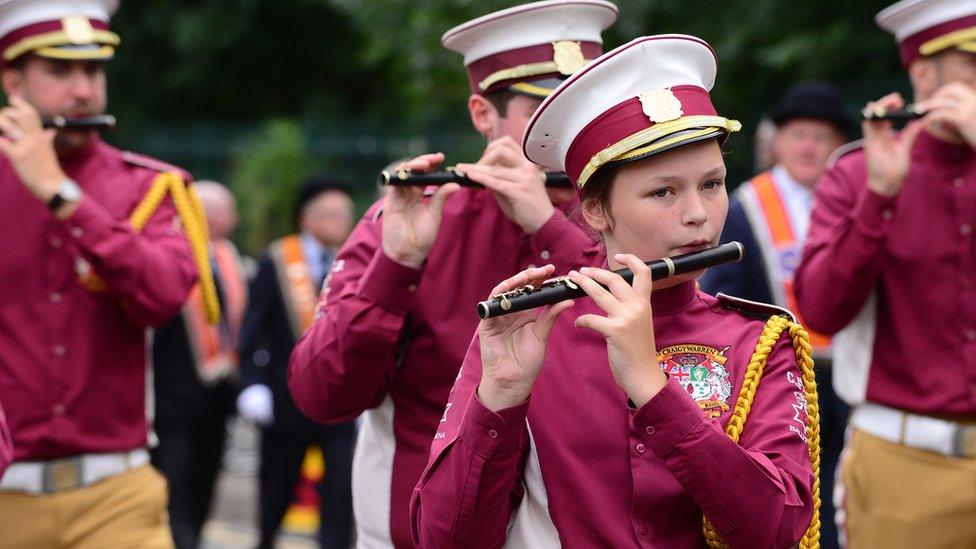
Music and bright colours were on display at the Twelfth parade in Ballymena
He added: "It would probably have been unthinkable as well that the leader of the DUP would have attended an Ulster [GAA] final in Clones - and that has happened.
"We're making great progress - we've a long way to go but all of these little steps are all positive steps.
"And if we can do little things that can help for the future, let's do that."
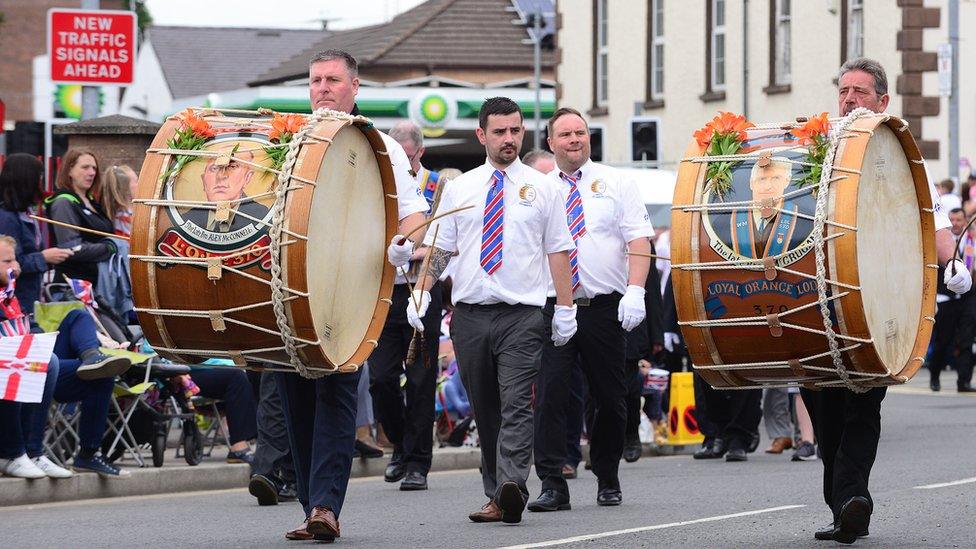
Lambeg drums were played by Orangemen on parade in Ballyclare in County Antrim
The Democratic Unionist Party's Peter Weir, who is also an Orangemen, said the visit by Mr Griffin was an example of "going the extra mile".
"And hopefully it's part of a wider recognition of the Irish government of the importance of Orangeism within Ireland as a whole," he added.
Edward Stevenson, the Grand Master of the Grand Orange Lodge of Ireland, said the annual commemorations had been a "day to remember" and that there had been "extraordinary numbers of people".
"The Orange fraternity of County Armagh were also thrilled to be in the company of former Irish rugby international Brian O'Driscoll, who excelled himself on the Lambeg drum." he added.
"Such developments are to be commended and highlight the broad and growing appeal of our cultural traditions."
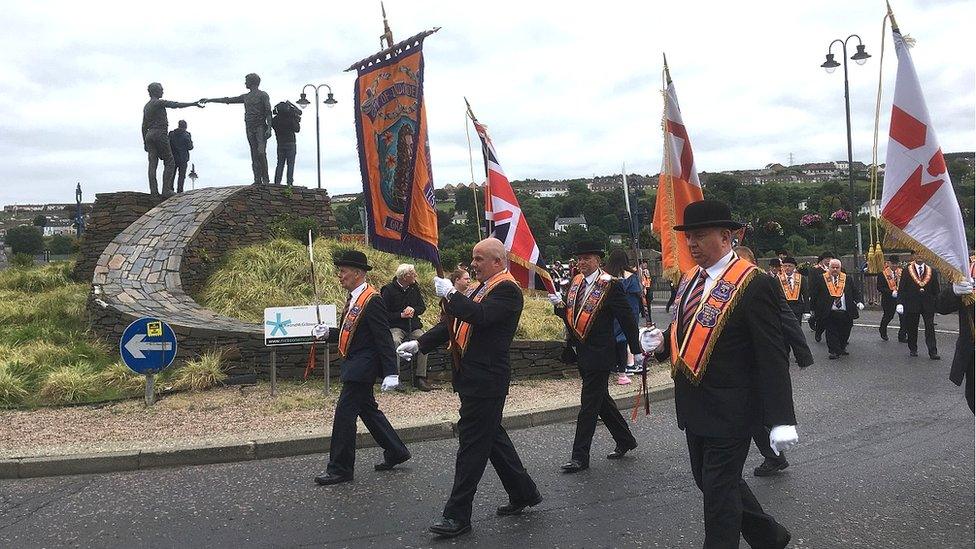
A parade in Londonderry passed the city's Hands Across The Divide monument
On Saturday, thousands of Orangemen from the Republic of Ireland and Northern Ireland took part in the annual Orange Order parade in Rossnowlagh.
About 50 lodges from Cavan, Leitrim and Monaghan - as well as the host county of Donegal - marched along the narrow country roads into the seaside village.
This year, parades were held on Thursday in:
Aghalee, County Antrim
Ballyclare, County Antrim
Ballygawley, County Tyrone
Ballymena, County Antrim
Belfast
Brookeborough, County Fermanagh
Broughshane, County Antrim
Castlederg, County Tyrone
Donaghcloney, County Down
Garvagh, County Londonderry
Londonderry
Loughgall, County Armagh
Newcastle, County Down
Newtownards, County Down
Portglenone, County Antrim
Rasharkin, County Antrim
Stewartstown, County Tyrone
- Published12 July 2018
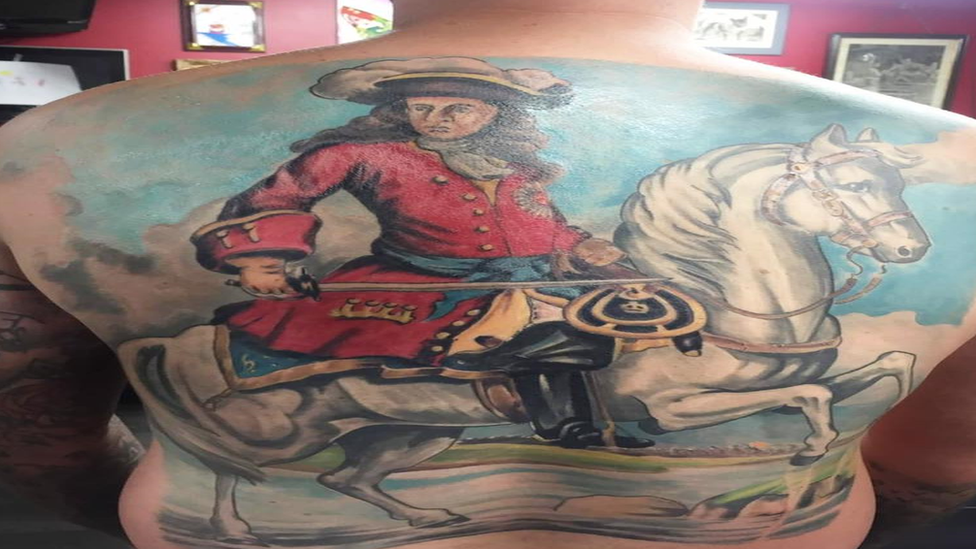
- Published7 July 2018
